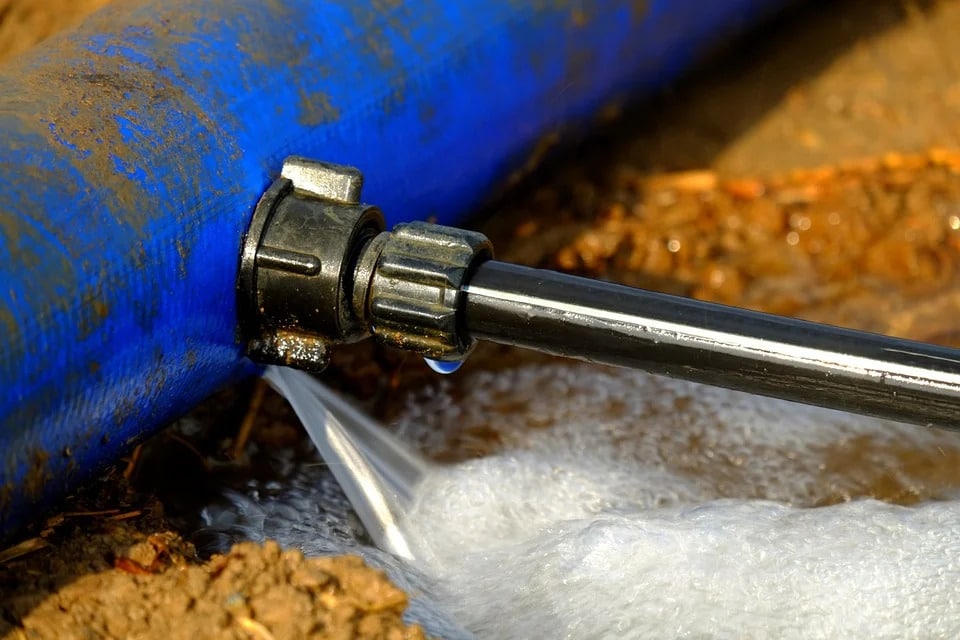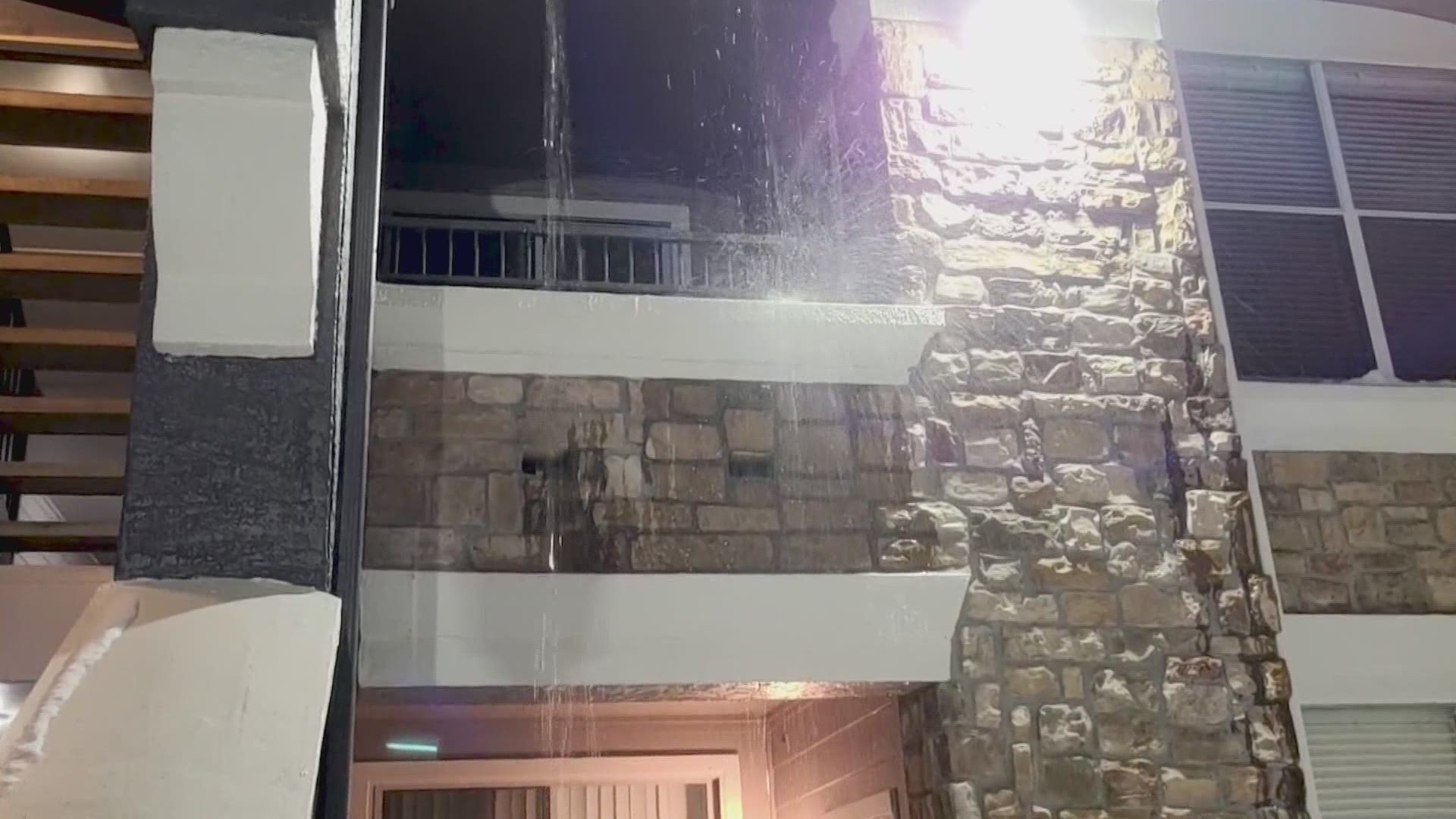How to Promptly Identify and Efficiently Fix a Leaking Pipe
How to Promptly Identify and Efficiently Fix a Leaking Pipe
Blog Article
Do you find yourself interested in help and advice about What to Know Before Installing a Dishwasher?

A burst pipe is a significant emergency; you can just stand as you see water you pay very much to rejoin with the earth. In even worse situations, you see a pool on your kitchen floor, which is a great trip threat, particularly if you have youngsters around. If the pipeline that burst remained in your walls, problem: you might need to paint that entire section.
Just how can a disaster like a ruptured pipeline be avoided and handled? Well, by paying attention to your professional emergency plumbing professionals and complying with these regulations.
How do I understand when my pipelines have burst?
Changing water stress
Pipes do not just burst in a day. You might have noticed that your kitchen area faucet or shower does not run immediately when you transform the tap. It may pause for a few secs and afterwards blast you with more force than typical.
In various other instances, the water may seem typical in the beginning, after that drop in pressure after a few seconds.
Wet wall surfaces and water stains
Before a pipe bursts, it will certainly leakage, the majority of times. If this persistent leaking goes undetected, the leakage might graduate right into a large wound in your pipe. One easy way to avoid this emergency is to keep an eye out for damp walls ad water stains. These water stains will lead you right to the leak.
Puddles under pipes and sinks
When a pipe bursts, the discharge creates a puddle. It might appear that the pool is expanding in size, as well as regardless of the amount of times you mop the puddle, in a couple of mins, there's an additional one waiting to be cleansed. Typically, you may not be able to map the pool to any type of noticeable pipelines. This is a sign to call an expert plumber.
Untraceable leaking sounds
Pipeline bursts can take place in the most unpleasant places, like within concrete, inside walls, or under sinks. When your house goes quiet, you may be able to hear an aggravatingly consistent leaking noise. Even after you've examined your shower head and also kitchen faucet, the trickling may continue.
Beloved reader, the dripping might be originating from a pipe inside your walls. There isn't much you can do about that, except tell a professional plumber.
Shut down the Water
When water ices up, it expands in volume by about 9 percent. And it expands with tremendous pressure: The stress inside pipes may go from 40 pounds per square inch to 40,000 psi! No pipe can hold that much pressure, so it bursts. The break may happen where the ice forms, however more frequently, it takes place where water stress finds a weak point in the pipe. That may be inches or perhaps feet from the icy area. Discover the water shutoff valve as well as shut off the water to avoid more damage. You may likewise require to turn off the electricity as well, depending upon where the leaks happens as well as exactly how big it is.
Infected water
Many individuals presume a burst pipeline is a one-way electrical outlet. Rather the contrary. As water drains of the hole or gouge in your plumbing system, contaminants find their way in.
Your water might be polluted from the resource, so if you can, examine if your water container has any type of troubles. Nevertheless, if your drinking water is provided as well as cleansed by the local government, you ought to call your plumber quickly if you see or scent anything funny in your water.
What do I do when I spot a ruptured pipe?
Your water meter will continue to run even while your water wastes. To decrease your losses, find the major controls and transform the supply off. The water pipe are an above-ground framework beside your property.
How to Fix & Detect a Leaking Pipe
How Do I Know if a Pipe is Leaking?
Leak detection tests can help you determine if your pipe has a leak. Even if you don’t see an apparent leak, you should still conduct leak detection tests regularly to save water and money—and prevent major damage to your home.
Water meter. It can be helpful to figure out what your usual water meter usage numbers are and then monitor them regularly. To monitor your meter, first, turn off all water faucets in your home. Check the meter and write down the numbers. In a few hours, check the meter again. If the numbers have changed, you have a leak. Water gauge. Use a water gauge to test your water pressure. Your showerhead should produce a certain amount of water pressure based on its model and design. If the pressure is lower than it is supposed to be for that specific showerhead, your home likely has a leak. Puddles. Look inside your bathroom, laundry, and kitchen sink cabinets. Puddles around the cabinets or around toilets, tubs, showers, and washing machines indicate the presence of a leaking pipe. You may also notice loose tiles, peeling or flaking paint, or mold caused by water accumulation. Napkin test. Even if you don’t see any puddles, you may still have a leak. You can test for water leaks in the bathroom, laundry, and kitchen by wiping below-sink connections with a napkin, paper towel, or piece of toilet paper. If it becomes damp, you probably have a leaking pipe under the sink. Discolored walls. Walls that are discolored—usually with brown or yellow stains—or bulging might mean that they have been impacted by water damage caused by a leaking pipe. Smell. A leaky pipe will create sitting water, and over time, that water may develop a musty smell. If your home smells musty, but you can’t locate the source, it may be due to a leak. Steps for Fixing a Leaking Pipe
A leaky drain can be remedied by tightening the pipe base, replacing the drain seal, caulking the rim, and tightening the pipe nut. Similarly, a leaking toilet pipe can be treated by tightening the packing nut. You may also need to replace the valve. A leaky faucet may just need tightening or replacement of the washers. If that doesn’t work, consider replacing your faucet. If your pipe has a hole in it, you may want to use a pipe leak sealer or pipe leak tape. This quick fix for water pipe leaks can also temporarily fix a copper pipe leak. https://www.ahs.com/home-matters/quick-tips/how-to-tell-if-pipes-are-leaking/

As an avid person who reads on How to Install and Connect a New Dishwasher, I was thinking sharing that piece of content was a great idea. For those who liked our blog post please be sure to share it. Thank you for your time. Kindly stop by our website back soon.
This Page Report this page